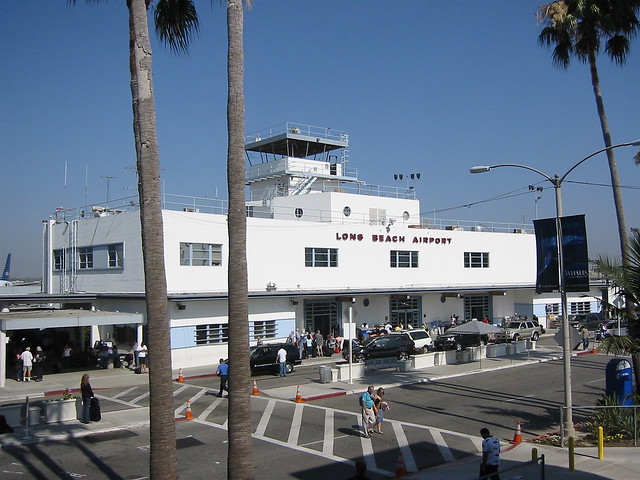One last parapolitical thought – this one lifted from David Brin. I’m by no stretch a Brin apologist and his particular brand of militancy gets irritating but the last couple of paragraphs in this blog entry struck home. He’s talking about Iraq, but it basically applies to Katrina too.
Finally… see a couple places where moderates have proposed alternatives to the current “stay the course” vs. “cut and run” dichotomy. Both seem reasonable and are probably compatible — both could be done simultaneously.They are:
“The Way Out of Iraq: Decentralizing the Iraqi Government” and “How to Win in Iraq”
These articles make sense… and they won’t be implemented because the goal of the involvement in Iraq has never been success at nation building. Yes, that is officially our purpose now that there are no WMD and no Saddam. But Cheney and Rumsfeld both famously expressed contempt for “nation building” long ago and their disbelief in it still shows.
No, there are only two possible classes of hypothesis to explain such a disaster. (* Kool-aid alert! Paranoia riff about to resume! * 😉
Hypothesis 1. Incompetence. These are moronic frat boys, using the United States and our military as personal toys. The calamity is not what was intended. It is just what happens when skilled professionals – first diplomats and then military officers – are relentlessly over-ruled by meddling politician imbecilles bent on playing war and stealing everything in sight.
Hypothesis 2. What you see is what was planned. This explanation looks utterly paranoid and I am the only one suggesting it. And that means I must disclaim that it is formally what I BELIEVE to be true. Yes, yes. Brin’s Fantasy. But it IS logically the other side of the coin. My excuse is that I am a completist and must include it.
Still, let me repeat my call for you to step aside and look from another angle. If you were enemies of the United States, and looked across our history for some weakness to exploit, what two disasters nearly ruined us? Dividing us, sapping our strength, wounding the economy, tearing down our alliances, frittering our military strength?
The Civil War and Vietnam.
Now look at last year’s electoral map. And look at Iraq. And wonder… which sworn enemies of our culture have access to every powerful person in this administration?
Paranoid? yes. But reasonable people do not automatically dismiss that which fits all facts and has not been disproved. Always leave a “what-if” possibility open that what you see is exactly what somebody wanted to have happen.














